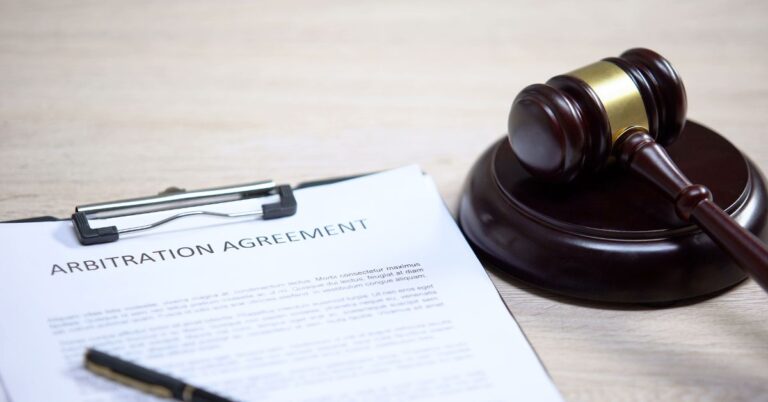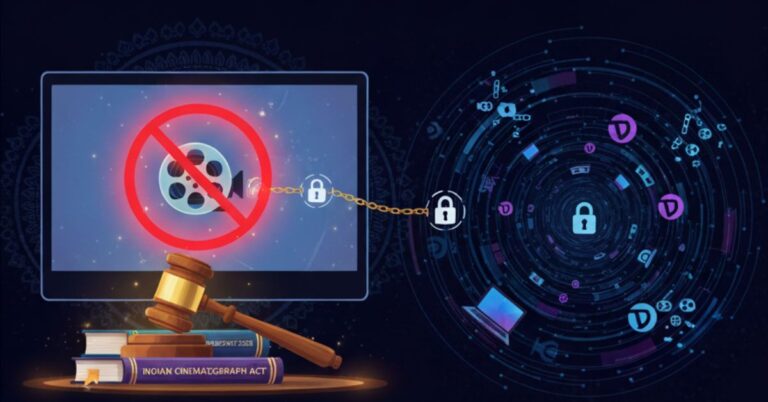In one of the most controversial trademark cases in India’s recent history, the Chutiyaram trademark has sparked a nationwide debate. What seemed like a simple trademark application for a food brand soon became a battleground of legal, cultural, and social tensions.
The Birth of the Controversial Mark
The saga began when Sadhna Goswami, an entrepreneur, filed a trademark application for the name “Chutiyaram” on November 3, 2022. The name, combining the words “Chutiya” (a derogatory term in Hindi) and “Ram” (a revered Hindu deity), was intended for a food product line, including namkeen and biscuits. The application was filed under Class 30 of the Trade Marks Act, 1999.
Initially, the trademark application was accepted by the Trademark Registry on March 4, 2025, after the examiner found that the mark was distinctive and not directly linked to any scandalous or offensive meaning. The combination of the words was deemed arbitrary, and there was no clear reference to any offensive goods. The approval, however, was soon met with a firestorm of controversy.
The Trademark Journal and Media Outcry
On March 17, 2025, the trademark was published in the Trademark Journal, triggering the beginning of the public scrutiny phase. The approval of Chutiyaram immediately captured attention, sparking debates across various media platforms.
The term “Chutiya” raised concerns, as it is commonly understood in Hindi as a derogatory term for a fool or idiot, often used in offensive contexts. Though the second part of the name, “Ram”, referred to Lord Rama, a significant figure in Hinduism, the name as a whole seemed to clash with the country’s moral and cultural sensitivities.
Media outlets, including Bar & Bench, began questioning whether the Trademark Registry had made a mistake in approving a name that could be interpreted as culturally insensitive. The storm of reactions culminated in a backlash, with accusations that the Registry had made a grave error in allowing such a term to pass through.
The Withdrawal: Media Pressure or Legal Necessity?
On March 18, 2025, just one day after the mark’s publication in the Journal, the Trademark Registry issued an order withdrawing its initial acceptance. The Registry claimed that the acceptance was granted in error and that the mark was now open to objections under Sections 9 and 11 of the Trade Marks Act, which prohibit scandalous and offensive marks. A hearing was scheduled for further review of the trademark’s application. This swift withdrawal raised even more questions, particularly regarding the influence of public opinion and media scrutiny on the legal process.
In a written response filed by Sadhna Goswami and her legal representative, Anil Yadav before the Trademark Registry (available on Anil Yadav’s Linkedin page), applicant vehemently argued that the decision to withdraw the trademark was unjust and motivated by a media trial. She accused various media outlets of sensationalizing the issue, creating a false narrative that the mark was deliberately offensive, even though it was a culturally rich and spiritually significant term. According to, them, the withdrawal was a response to external media pressure and not based on any legal error or substantial grounds, as per their defence available on page.
The Applicant’s Defense: A Cultural Symbol
In her defence (available on the source mentioned above), Goswami elaborated on the significance of the mark. The word “Chutiyaram” was not meant to be vulgar or offensive. According to her, the term was derived from “Chutiya”, which she claimed was related to “Choti”, a sacred tuft of hair in Hinduism, and “Ram”, referring to Lord Rama. Goswami argued that the mark symbolized spirituality and cultural heritage.
She explained that in Hindu rituals, the Shikha (a sacred tuft of hair) plays an important role in spiritual practices. By combining these two elements, she asserted that the trademark had a religious and cultural essence. She also pointed out that the “Chutiyaram” mark had no connection to the derogatory meaning of the word “Chutiya” that critics had highlighted.
Allegations of Systemic Bias
Further complicating the situation, Goswami’s legal team raised concerns over systemic bias within the Trademark Registry. They argued that the Registry’s digital filing system lacked a proper module for Hindi or vernacular language marks, forcing applicants to transliterate their marks into English. This, according to Goswami, reflected a colonial hangover that marginalized India’s rich linguistic diversity in favor of English.
Additionally, Goswami pointed to past instances where trademarks with potentially offensive names, had been accepted without controversy. She contended that the inconsistent treatment of marks like “Chutiyaram” violated the principle of equality under Article 14 of the Indian Constitution.
A Call for Reinstatement
In light of the events, Goswami made a formal request to the Trademark Registry to reinstate the acceptance of the trademark. She asked the Registry to acknowledge that the withdrawal was influenced by media pressure rather than legal considerations, and to ensure that future decisions would be free from external interference. She also called for a reform of the trademark process to eliminate biases against Hindi and vernacular languages.
Conclusion: A Landmark Legal Battle
The Chutiyaram case has already become a pivotal moment in India’s trademark history, highlighting the delicate balance between freedom of expression and public morality. As it moves through legal channels, it may well reshape the way culturally sensitive trademarks are evaluated in India, making it a case to watch for years to come.
Author & Co-Author: Geet Thakar, Associate & Anand Patel, Senior Associate
About Solomon & Co.
Solomon & Co. (Advocates & Solicitors) was founded in 1909 and is amongst India’s oldest law-firms. The Firm is a full-service firm that provides legal service to Indian and international companies and high net-worth individuals on all aspects of Indian law.
“Disclaimer”
The information contained in this article is intended solely to provide general guidance on matters of interest for the personal use of the reader, who accepts full responsibility for its use. The application and impact of laws can vary widely based on the specific facts involved. As such, it should not be used as a substitute for consultation with a competent adviser. Before making any decision or taking any action, the reader should always consult a professional adviser relating to the relevant article posting.
Copyright © 2025 Solomon & Co., All rights reserved.





